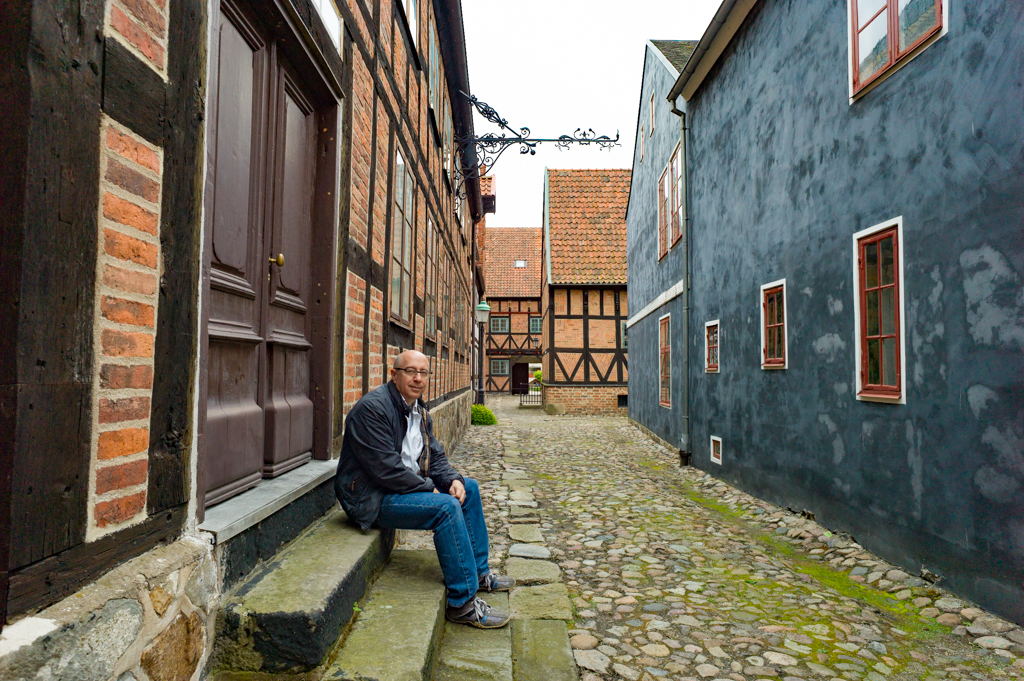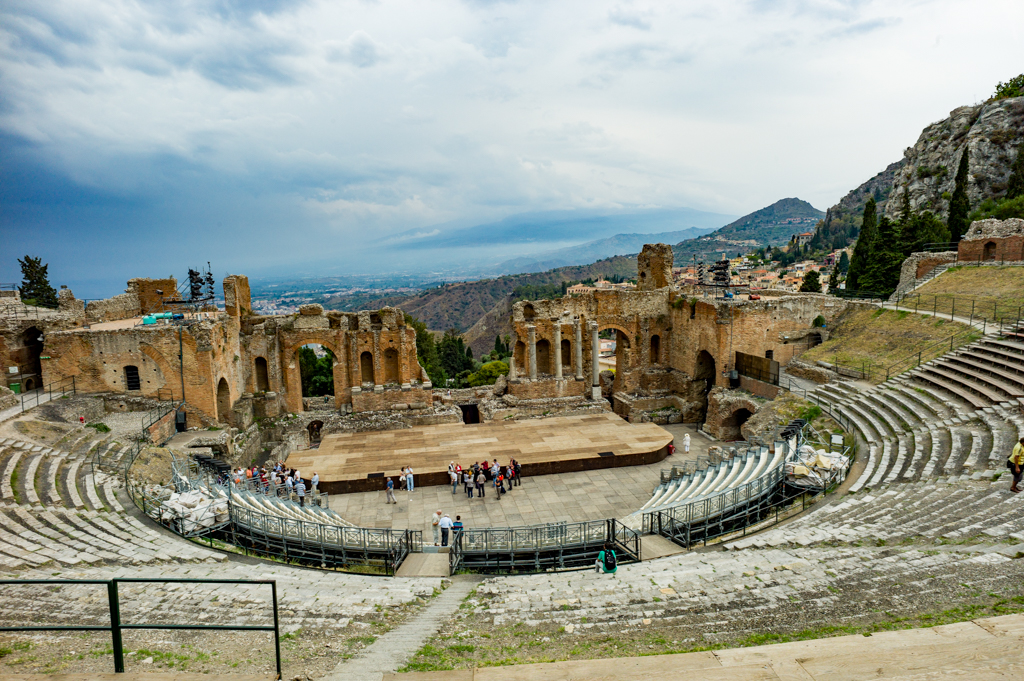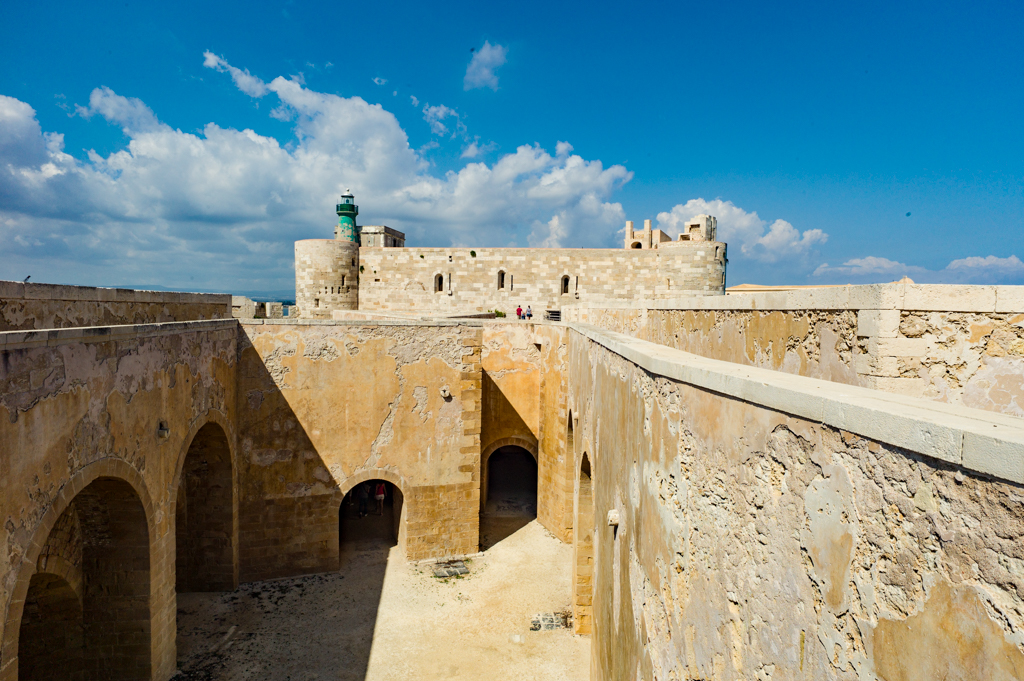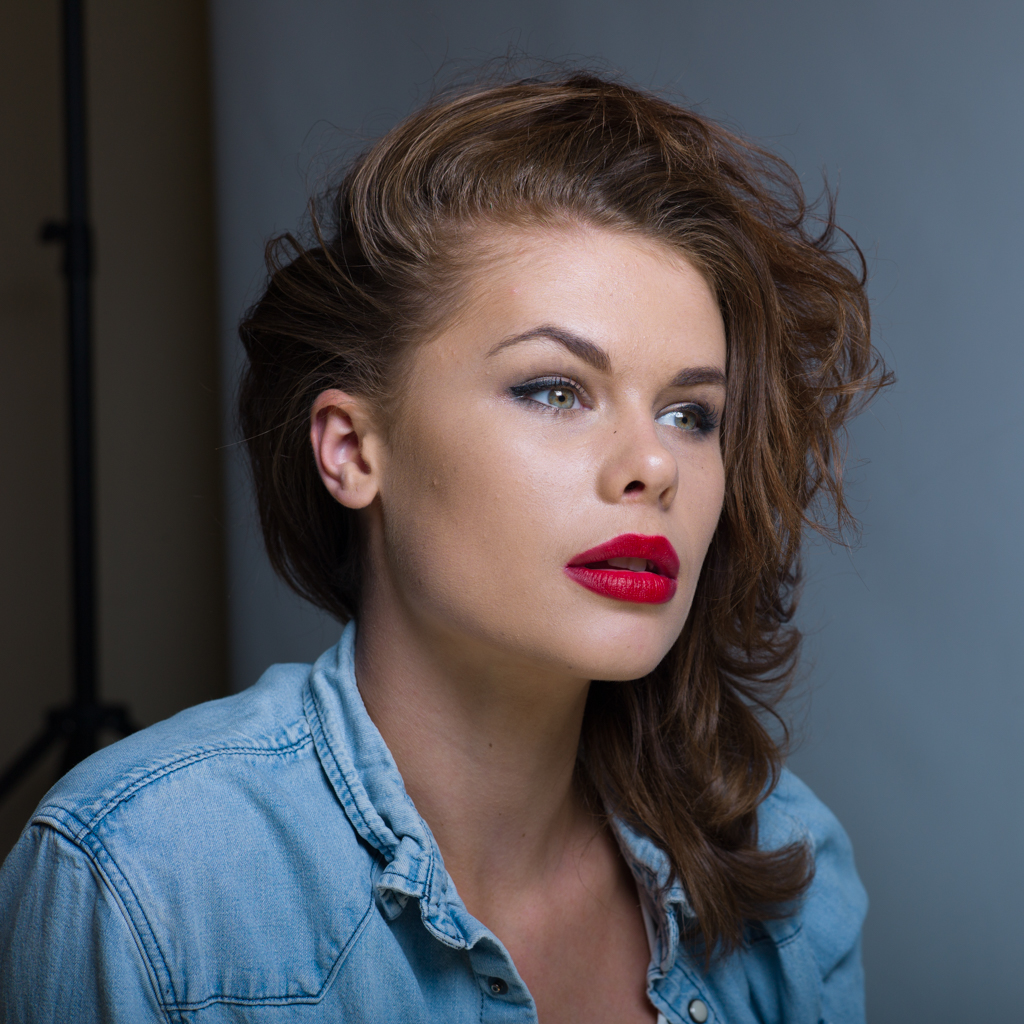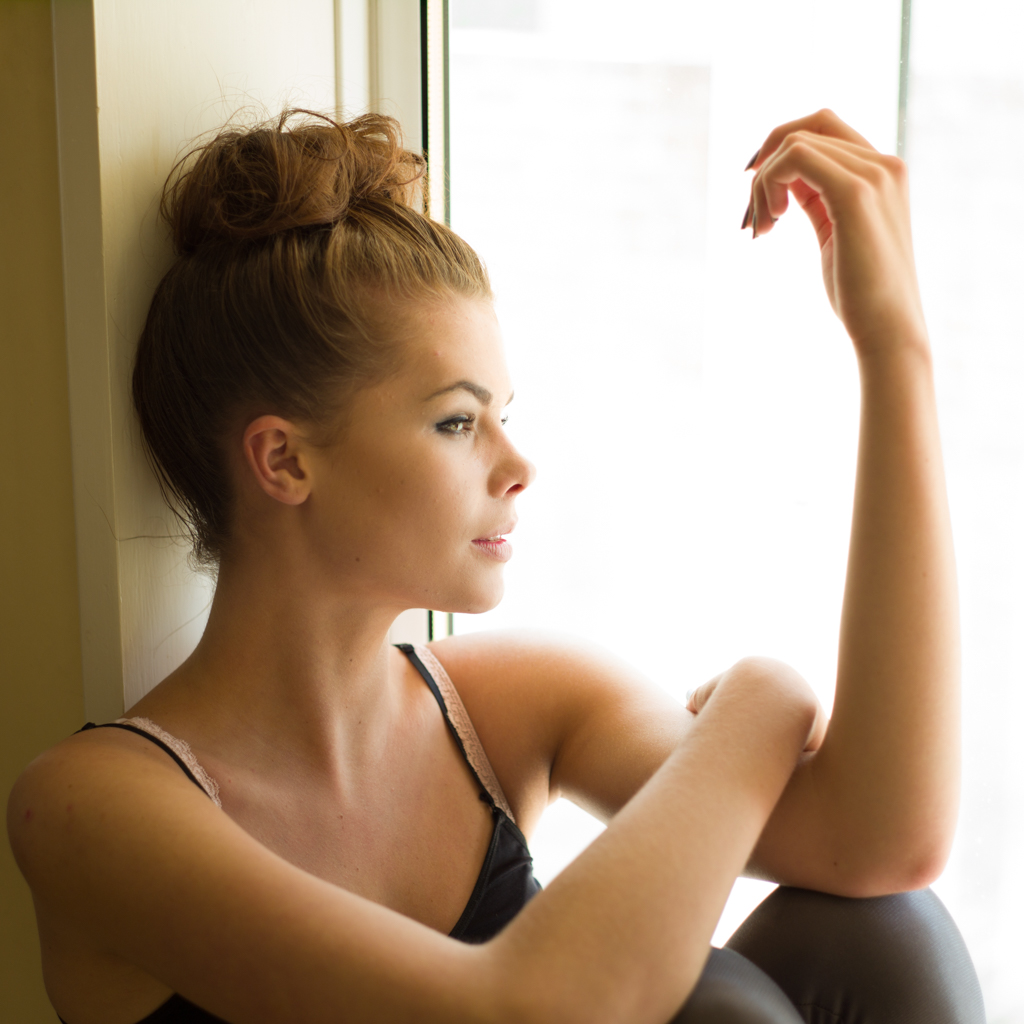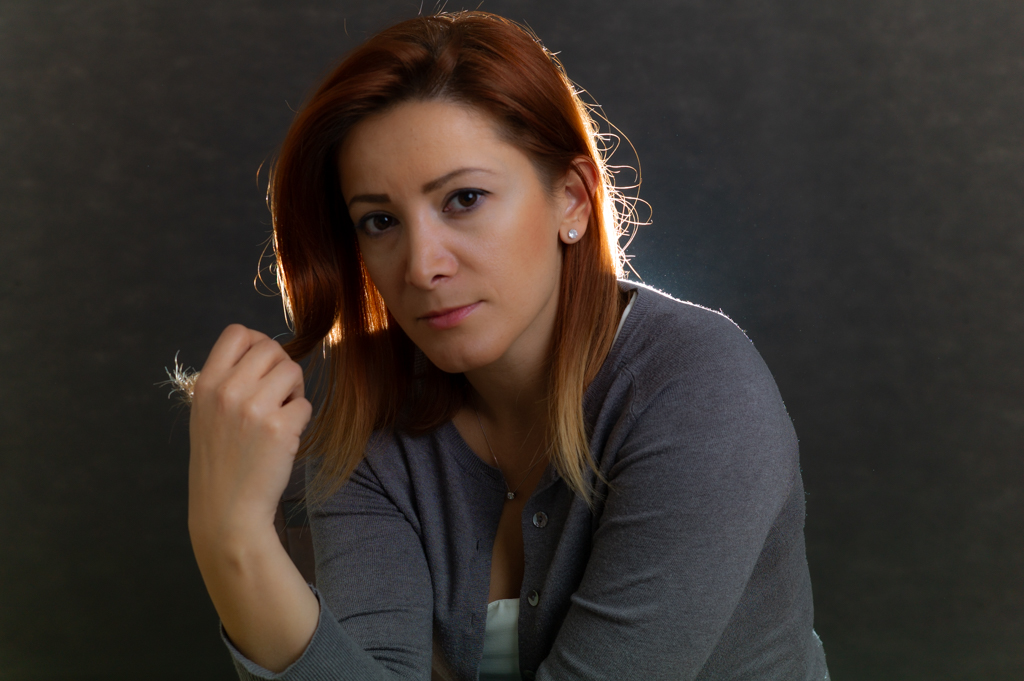Leica M9 Camera¶
maker: Leica
sensor: CCD
mega pixels: 18
capture rate: 2 fps
format: digital
af points: none
Buy on Amazon
Digital photography enters a new dimension: the Leica M9 is the world’s first digital rangefinder camera with a full-format 24 x 36 mm sensor. As the world’s most compact full-format system camera, the M9 extends the legendary heritage of the Leica rangefinder M System and unites over 50 years of continuous technical improvements to the system with the best in cutting-edge digital technology.
The successful combination of an extremely high-resolution image sensor, the superior performance of M lenses and sophisticated processing of the captured digital information ensures the best imaging results in all photographic situations. With its wide-ranging technical specifications, the camera adjusts to all fields of photography - from reportage and ‘available light’ to the capture of discreet and fine-art images alike. The M9 is the ideal tool for all photographers who demand the highest standards in image quality and a freedom of composition.
The 18-megapixel CCD image sensor, specifically designed and developed for the M9, enables the capture of the full 35-mm film format without any compromises. All M lenses mounted on the Leica M9 therefore offer the same angle of view as with film camera models, meaning the enormous potential performance of the current M lens portfolio with focal lengths from 16 to 135 mm is now fully available in a digital camera for the very first time. In addition, most Leica M lenses built since 1954 can still be used on the new M9. Once again, Leica Camera AG proves their commitment to full system compatibility and the enduring value of the M series.
The sensor of the M9 features a newly developed glass cover that is designed to guarantee the suppression of infrared light in practical photography, avoiding the necessity of mounting special UV/IR filters.
Concentrating on essentials, its simple handling is a significant feature of the Leica M System. In the case of the Leica M9, the handling has been further improved by simplification of the menu navigation: setting the sensitivity only requires holding down the ISO button while simultaneously turning the dial to select the required setting. All other functions important for everyday situations are quickly and easily accessible by pressing the set button. Furthermore, the menu also offers a snapshot profile option. In this mode, the M9 automatically sets as many settings as possible and provides a valuable aid to spontaneous and discreet photography. The camera also features automatic lens recognition via 6-bit coding. On the basis of the coded information, the M9 can compensate for any system-inherent lens vignetting effects (darkening in the image corners).
Despite the considerably larger sensor, Leica has been successful in making the Leica M9 body comparable to the compact size typical of M cameras. With its compact dimensions of only 139 x 37 x 80 mm (5.47 x 1.45 x 3.15 inches), the Leica M9 maintains the ideal size of the M series and is now the world’s smallest full-format digital system camera.
As a working tool for professionals and ambitious amateur photographers, all features and functions of the Leica M9 are designed for absolute dependability and endurance. The one-piece, full-metal housing is made from a high-strength magnesium alloy. Additionally, the top deck and bottom plate are machined from solid brass blocks providing perfect protection for the precious inner mechanisms. The digital components and shutter assembly of the M9 are similarly constructed with extreme endurance in mind. For photographers, this means absolute reliability for decades of use.
Photos Taken with this Camera
Related Articles
Below is a list of articles in which this camera is discussed, or at least mentioned, on this site.
More Progress (sep 17, 2018)
Looking at my photographs for the past year or so, and comparing them to photos I took three years ago, I can see that I’ve made more progress in my photography skills. This has been due to several factors: equipment changes and a new perspective.
Replaced Leica M9 Image Sensor (feb 10, 2017)
My Leica M9 had too many spots on images, so I gave it to Leica to clean. They said the image sensor needed replacing.
Finding Clarity (aug 12, 2014)
To learn how to use the Leica M9 camera for studio photography, I spent a day taking private lessons with a professional fashion photographer who uses the same camera for his work. He hired a model for the lessons. It was fun and extremely useful.

